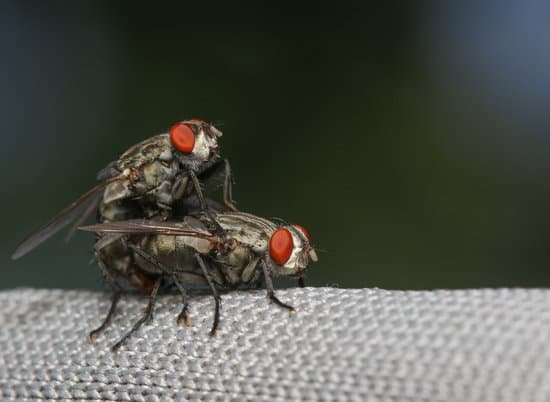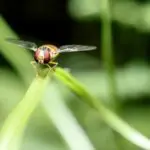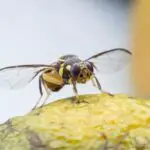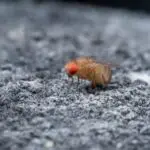Why Do Crane Flies Lose Their Legs?
Crane flies undergo a process called metamorphosis. This means that they change their body type during their life cycle, which lasts approximately a year. During this time, they change from a larva to a pupa and finally to an adult. Each phase serves a specific purpose for growth and development.
Since crane flies have long legs, they may be at risk of being caught by predators who may grab them by the legs. Losing just one or two legs allows a fly to escape, but losing more than that would be extremely detrimental. In fact, some scientists believe that these flies may use their brittle legs as a form of escape mechanism. This way, if they get entangled in an animal that captures them by a leg, the appendage will not grow back.
Crane flies are related to mosquitoes and houseflies and are in the same order. Most insects in this order are long-legged, but crane flies are unusually long. This unique characteristic of crane flies makes them resemble mosquitoes or large arachnids.
Crane flies are members of the Tipulidae family. Their thorax is characterized by stemmed knobs that are called haltae. These flies do not bite or sting humans, but they do consume insects. Unlike mosquitoes, crane flies do not breed indoors.








